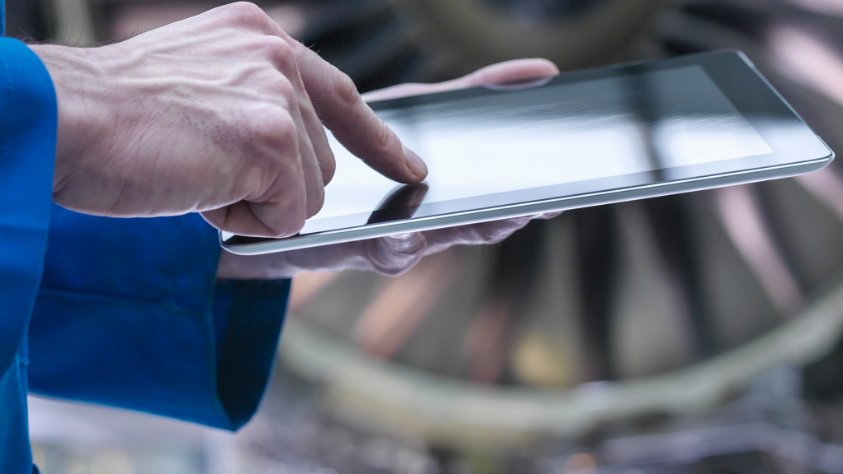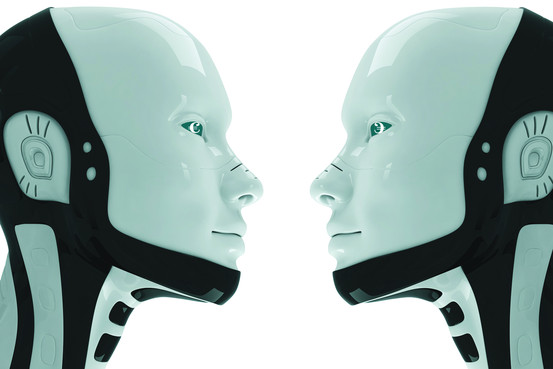Logical relationship between the two technologies
You often hear that IoT and M2M technologies are used to bring objects and systems to interact with one another in order to enable data exchange among them. In the following post, we will try to cross the t-s and define those differences that often people ignore speaking about IoT and M2M using these terms interchangeably. If you have a look at these 2 technologies and try to picture them with Euler’s circles to present the connection between them, the IoT subset will be broader and include M2M.
Therefore, Internet of Things is a larger concept that is constantly refined by software created and M2M applications evolution. In a nutshell, M2M environment is the eco-system where devices are connected to each either and there is no Mr. Manager to keep an eye on them. M2M is about plugging in a device to the cloud, managing it, and harnessing the data at the end. So, basically, machine-to-machine is about sensors and devices that can collect and exchange information we require.
When it comes to Internet of Things, this category is bigger than that. Apart from interconnected machines, IoT is a network of connections that extend to other applications and people as well as systems mining, even more, data than in lean M2M.
Overall, M2M is a term coined to depict the connection between devices while IoT reflects the network of such connections adds up solution components and systems on top. M2M usually uses communications between two endpoints (devices) using hardware such as sensors e.g. to enable the access to different types of networks. They use the same IP network protocols that are usually used to exchange data traffic on the web.
Specifications that differ
Another good point to mention is that IoT focuses on consumer goods, offering a service in a globalized world through the hybrid of centralized and distributed architecture; M2M is limited to the technical point of view of communications having a centralized structure. Network tier of Internet of Things is hierarchical while M2M presents us with a flat one. When it comes to information collection and exchange, in Machine-to-Machine setting all the data goes to data center; in IoT we can observe traffic distribution with some part of data flowing to data center and the remains were kept at the network edge.
Terms to help you distinguish between the two
On the one hand, if you take all the definitions we operate you might hear machines, maintenance, point-to-point, support, and updates of hardware based M2M connections. On the other hand, when you dig into Internet of Things the picture will be painted with things or sensors, integrated systems of that isolated M2M connection (many, like many of them), HTTP or cloud along with Big Data for IoT is a software based idea.
04 June 2017

 Alexander Kulitski
,
Alexander Kulitski
, 



